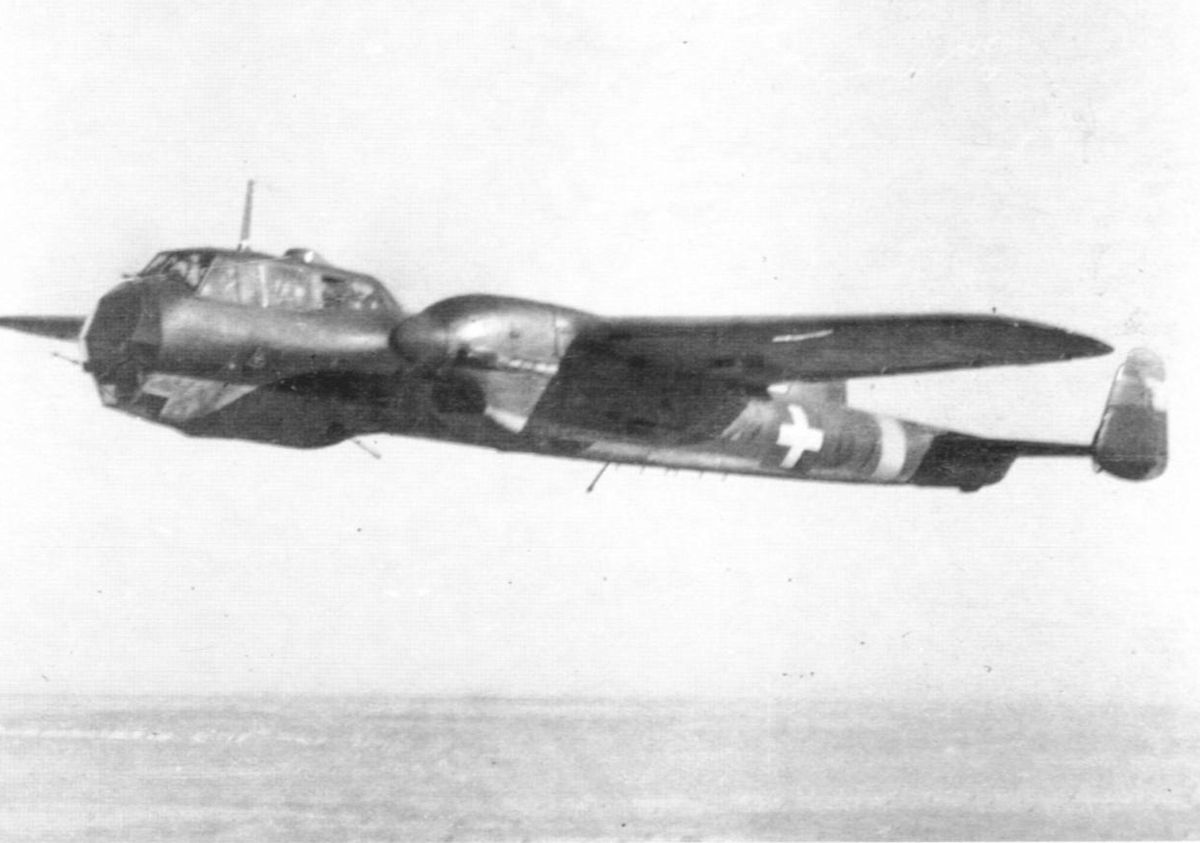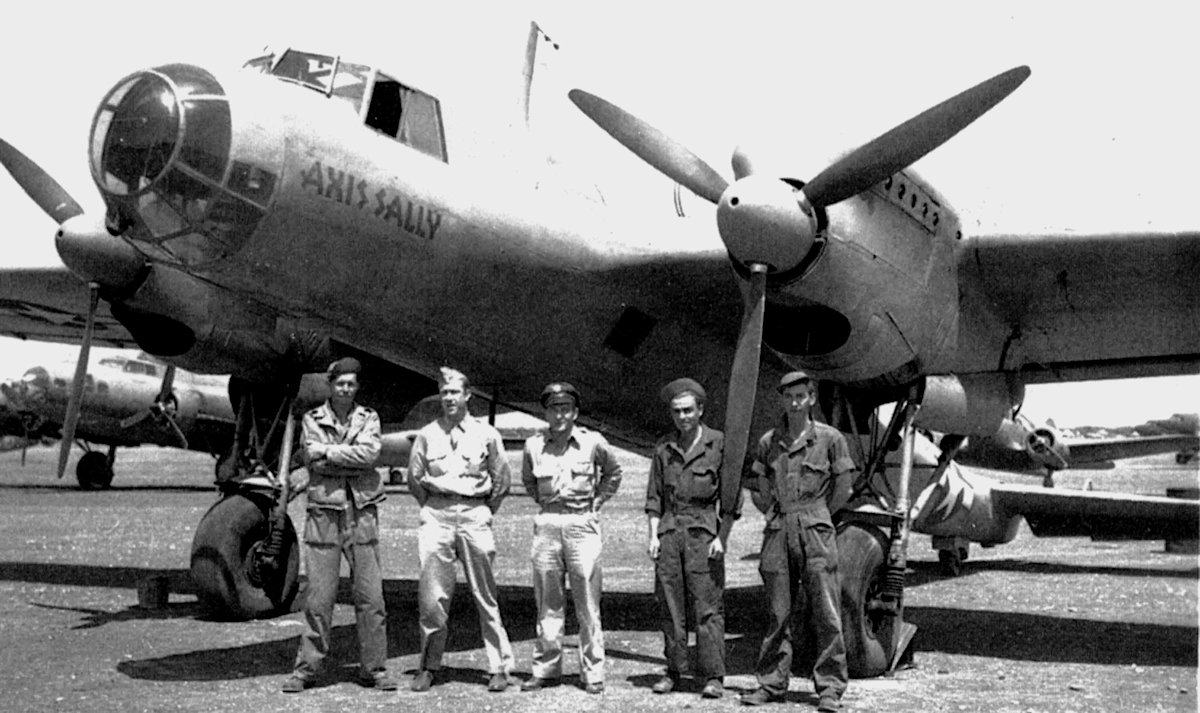Tag: bomber
-
Dornier Do 215

Dornier Do 215 The Dornier Do 215 was designed as an export version of the successful Do 17 bomber. Three prototypes were built: The V1 was essentially the same as the Do 17Z ans ws powered by Bramo 323 Fafnir radial engines; The V2 was powered by Gnome-Rhône 14-NO radial engines, while the V3 was… Read more
-
Dornier Do 215 in Hungarian Service

Dornier Do 215 in Hungarian Service In 1942, the Royal Hungarian Air Force received ten used Dornier Do 215 aircraft for use as reconnaissance aeroplanes. These consisted of three B-1 and seven B-4s. They were only used for a short time before being relegated to training units towards the end of 1942. Read more
-
Dornier Do 17 in US Service

Dornier Do 17 in US Service The United States Army Air Forces obtained one Dornier Do 17E-1, WkNr 2095 that had defected from Croatia and landed in Italy. Renamed Axis Sally, it was taken to the United States after the war and tested. The bomber was scrapped in 1946. Read more